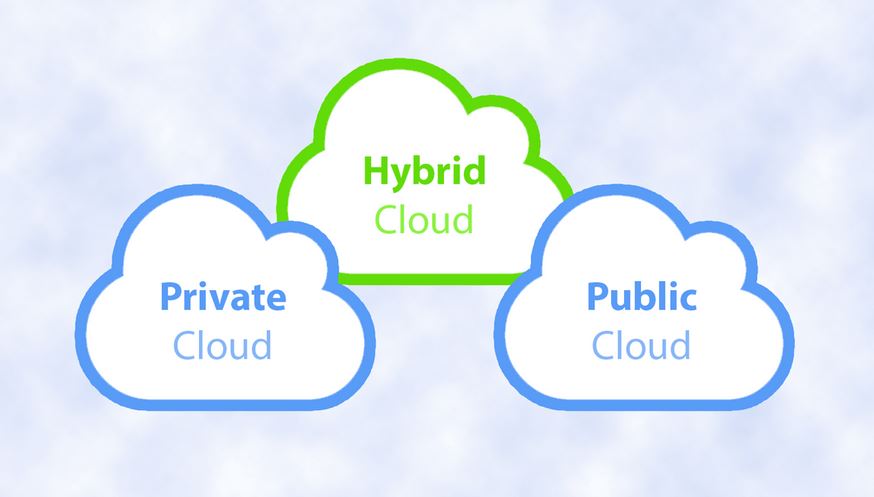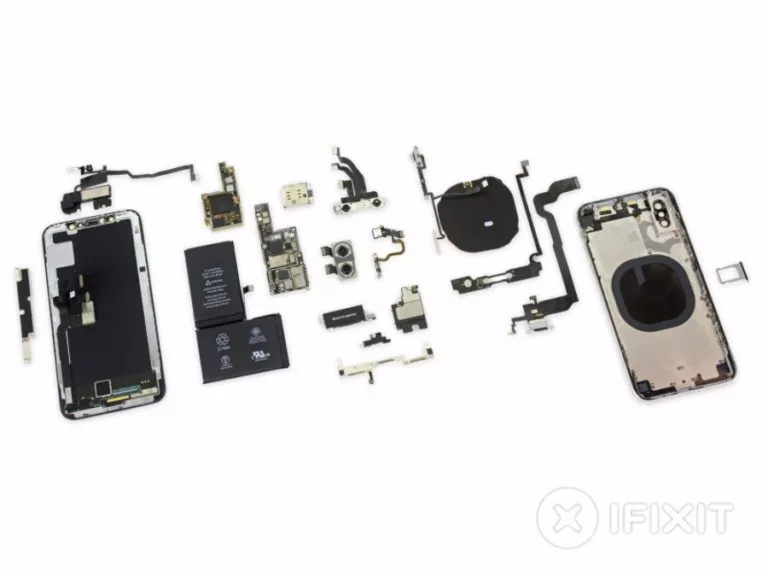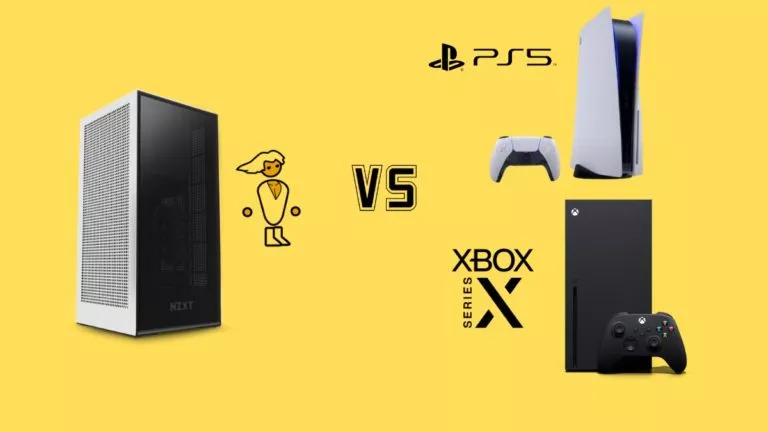Information Technology Trends – 2015


Short Bytes: Here we’ll be telling you about Docker and Hybrid Cloud that are one of the major tech breakthroughs to happen in recent times. Take a look.
One example could be IBM, who sold its entire hardware business to Lenovo and acquired Cloudant for Big Data, SoftLayer Technologies for Cloud computing, MaaS360 by Fiberlink for Mobile device management. IBM is also working towards intelligent analytics with Watson and providing mass cloud services with BlueMix.
Technology is an area where changes happen very frequently and you will never know when a technology becomes obsolete if you don’t follow the trends. So in this post we are listing out some of the popular technology breakthroughs of 2014-2015:
Docker
Solomon Hykes started Docker as an internal project within dotCloud, a platform as a service company, with initial contributions by other dotCloud engineers including Andrea Luzzardi and Francois-Xavier Bourlet. Docker represents an evolution of dotCloud’s proprietary technology, which itself built on earlier open-source projects such as Cloudlets.
Docker was released as open source in March 2013. On March 13, 2014, with the release of version 0.9, Docker dropped LXC as the default execution environment and replaced it with its own libcontainer library written in Go language.
It is a rare and enjoyable circumstance in IT when we get to see a single technology create a nearly universal upheaval. Containerization is rapidly taking over as the de-facto mechanism for packaging and deploying distributed applications, creating widespread disruption to virtually every part of IT. The excitement and popularity of Docker has to do with how the technology provides a consistent mechanism to build, deploy, and scale application components with isolated system resources. Docker neatly controls the “dependency hell matrix” of application dependencies and configurations within the container build time, enabling an immutable infrastructure pattern for continuous integration and deployment.
Hybrid Cloud
The Hybrid Cloud is the combination of a public cloud provider (such as Amazon Web Services, Google Cloud, IBM BlueMix, or Joyent Compute) with a private cloud platform — one that’s designed for use by a single organization. The public and private cloud infrastructures, which operate independently of each other, communicate over an encrypted connection, using technology that allows for the portability of data and applications.
As of today, most cloud service providers have already moved into hybrid cloud strategy. IBM SoftLayer, RackConnect by Rackspace, vCloudAir by VMware, EMC enterprise cloud by EMC are some of them. In open source world if you want to build your own Hybrid Cloud architecture than Apache CloudStack is your best buddy.
This is just a glimpse of technology trends of 2014-15. We will be covering these topics in much more detail in our upcoming articles. Stay tuned.
Tell us in comments your views and if you think something else will be a breakthrough in 2015.
For more updates and interesting stories, subscribe to fossBytes newsletter. [newsletter_signup_form id=1]






